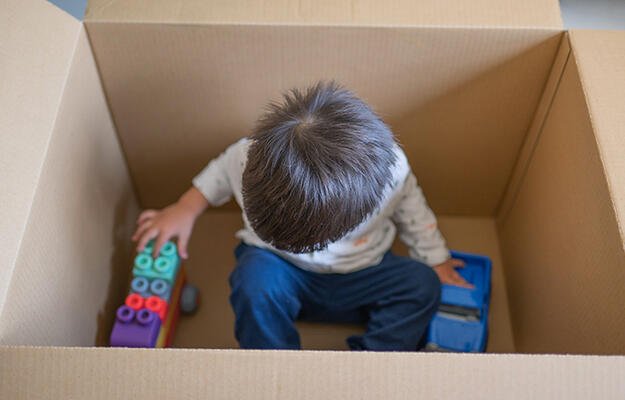
Household Crowding Hurts Children’s Test Scores
- Title:
- Household Crowding Hurts Children’s Test Scores
- Author:
-
Dante Contreras, José Delgadillo, Gabriela Riveros
- Source:
-
International Journal of Educational Development
- Publication Date:
-
2019
Although prior research shows that residential crowding can affect children’s academic outcomes, policymakers and researchers continue to seek evidence about the role of cultural context, levels of crowding, and other familial or social supports in children’s risks of poor outcomes. In this study, researchers sought to identify the impact of a crowded home on students’ academic performance in Latin America.
The definition of overcrowding varies across the literature and is typically defined as the ratio of people per room in a house, though social and cultural preferences limit the generalizability of one definition. With a sample of 55,860 students from 15 Latin American countries, the researchers in this study looked at whether crossing the defined threshold of more than 2.5 people per bedroom affected students’ third and sixth grade language and math scores from the 2006 Second Regional Comparative Explanatory Study.
The researchers looked to model causality by controlling for school characteristics, family characteristics, and home characteristics. They compared the crowding threshold’s statistical effect with the effect of other predictors of school success: the mother’s education level, the presence of a school library, and hours spent in school. The study found that overcrowding has a negative and statistically significant impact on children’s scores in third and sixth grade, and these effects exceed the impact of certain maternal education levels on a child’s academic performance.
Key findings
- When controlling for school, family, and home characteristics, crowding of more than 2.5 people per bedroom was associated with a decrease in language and mathematics scores for sixth grade students.
- The negative effects of overcrowding were larger in magnitude than the positive effects of potential protective factors, such as additional hours spent in school and the presence of a school library.
- In third grade, these negative effects remained for both subjects but were smaller in magnitude.
- When the crowding threshold was defined as 1.5 people per room, the negative impact on test scores was smaller, and when the crowding threshold was larger (3.5 people per room), the negative impact on test scores was larger.
- Subsamples of students with the smallest percentage of children affected by home overcrowding experience the strongest effects. The largest impact on math scores is observed among children whose mothers pursued university studies, while the smallest impact is observed among children whose mothers only finished primary education.
Policy implications
The authors note that school-based interventions may be limited in impact depending on a student’s home environment. Given the tie identified between housing quality and academic success, the researchers suggest that policymakers can consider improving school performance through housing policies that target students’ housing quality.
Photo by Diego Cervo/Shutterstock


